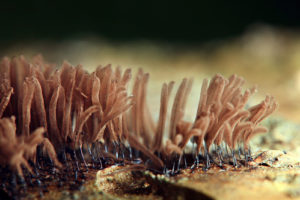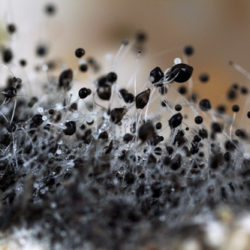Mold Mycotoxins and Your Health

Is Mold Causing You to Feel Under the Weather?
Understanding the relationship between mold and your health can be very important if you see mold growing in your home. The mycotoxins that some mold varieties produce can cause serious allergic reactions and make you or your loved ones very sick.
What Are Mycotoxins?
Scientifically speaking, a mycotoxin is a type of byproduct that mold colonies produce that is harmful to humans or animals. Different types of mold make their own toxic byproducts, but some of them only harm bacteria (this is where we get prescription antibiotics) or only harm plants.
How Do They Affect Your Health?
Less serious health effects can include mild allergic reactions, coughing, clogged sinuses, and watery eyes. Prolonged exposure to certain mycotoxins, or even acute exposure to very dangerous strains, can cause respiratory problems, among other issues, that may require hospitalization.
How to Get Rid of Mycotoxins
Getting rid of mycotoxins means eliminating the mold colonies which are producing them. The best way to do this is to get a mold removal expert who knows what to look for and how to take care of the problem. The negative effects of mold and your health problems that might arise from long-term exposure usually means the sooner you have it treated, the better.
If you think you might have mold in your home, give us a call at 888-887-8376 and we will be happy to inspect to see if you do have a mold problem. Our staff is trained to identify different types of mold, inform you on the risks you might face, and recommend the appropriate remediation.


